Very interesting. I had never heard of all of the poison fish. It was incredibly difficult for them to live on ships during this time.
Why Sailors Starved Rather Than Eat Fish
“Yo ho yo ho, a pirate’s life for me!” Let me stop you right there. If you think being a pirate or a sailor back in the old days was so cool, here’s the harsh truth: it was not all about singing sea shanties and embarking on epic voyages across the seven seas to find the fountain of youth or caves filled with gold. It wasn’t actually that cool being at sea all the time, and I have five compelling reasons to prove you so.
Let’s dive in! Pun intended! Now, imagine this. You’re so excited! You’ve been waiting for this day to come, and finally, it’s official. You’re going to become a real sailor! The captain tells you to get ready because the next day, you’re going to set sail on a journey that is expected to take somewhere around six months — if you’re lucky, that is... Because storms and singing mermaids could complicate things. You pack a few things.
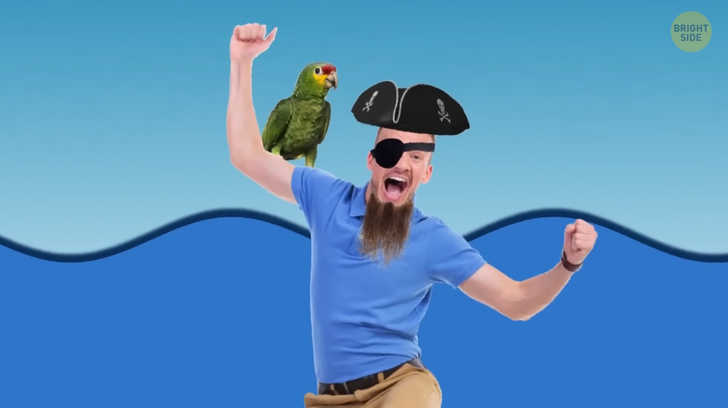
Now, let’s pause this daydream for a quick second because here comes problem number one. What I mean by packing a few things is just the clothes on your back. Sailors would only have one set of clothes that they almost never washed during the voyage. That’s because they believed that dirt and grease would protect them from winds and rains.
Okay, back to the thought experiment. You kiss your family goodbye and head to the port where your new home is waiting. One of your crew members not-so-warmly welcomes you on the deck and shows you where you’ll be sleeping. This makes you start doubting your choice of becoming a sailor in the first place. Because after seeing it, you’re certain that this is not going to be a 5-star hotel comfort level kind of experience.
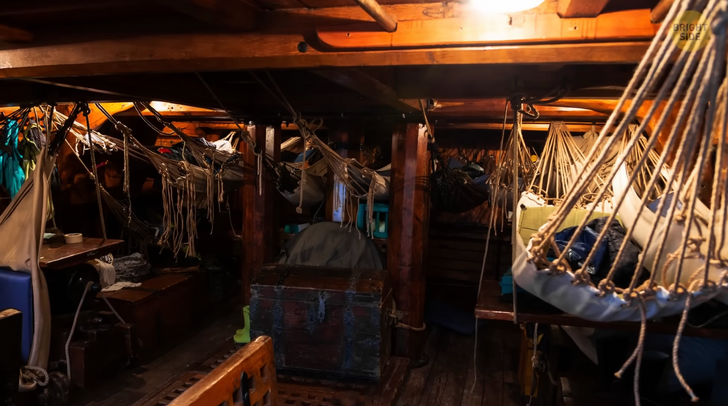
So, here’s problem number two. The ships were absolutely crammed. Back in the day, sailors would have to accept living in such conditions, whether they were working for a big name like Christopher Columbus or not. The Niña and the Pinta were two of Columbus’ ships and the best sailing vessels of their time. Yet again, this didn’t change the fact that they were so small that men had no place to sleep.
Which gives us problem number three. Having to sleep next to one another on a crowded deck where they could barely move was not so great for sailors’ health conditions. And going below deck to escape the snoring of their fellow shipmates was not an option because there was no fresh air there. In addition, you could always come across a rat there. So, kiss personal hygiene goodbye. And in case you’re wondering how rats got there, those little rascals are actually good swimmers.
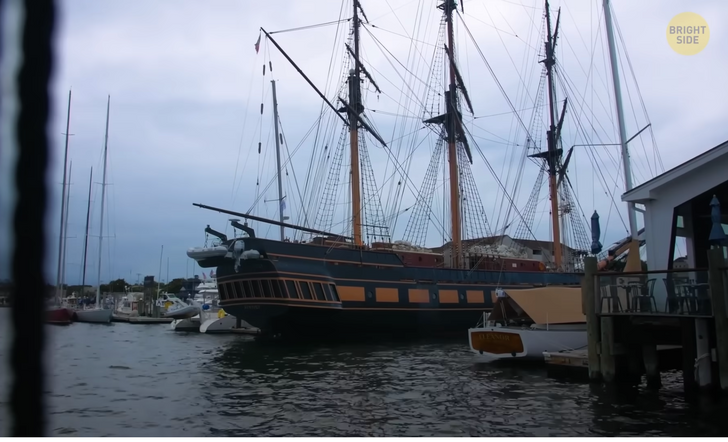
Also, sailors were at sea no matter the season or the weather, so they were often cold and wet, which also made it hard for them to stay healthy and strong. Speaking of health conditions brings us to problem number four. And it’s food and hunger. Sailors didn’t have their own mini fridges with different kinds of condiments back then, like the compartments luxury cruises have these days.
So they had to come up with ways to store enough food that would last for months or even years. Due to that, their food options were limited. It definitely wasn’t anything like the food prepared by Michelin-star chefs. One of the most common food options on ships was salted meat which wasn’t as chewy as you imagine. Or a biscuit called “hardtack” — also called “sheet iron” or “worm castles.” And there’s a reason for all these creative nicknames.
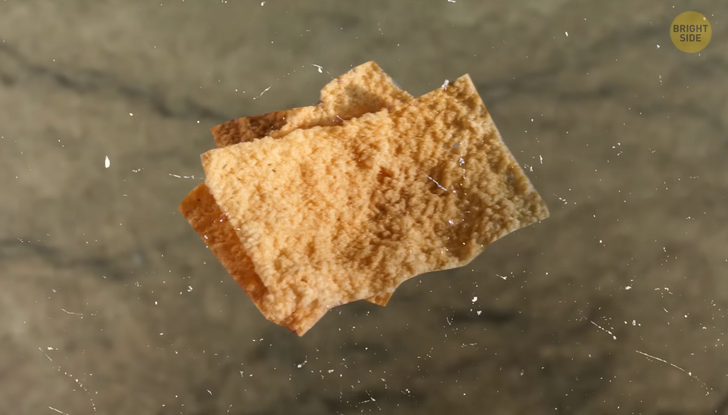
Hardtack was essentially a mix of water and flour baked into a cardboard-flavored cracker. They were brick-like and the only way they could be eaten was if they were softened with water. If only sailors could dip them in their afternoon tea, right? Sometimes, these sea biscuits would still be extremely dense. Then sailors would have to slam their fists down on them to break them into smaller pieces to be able to eat the stuff.
As long as hardtack was kept dry, it rarely got spoiled. The sailors would still be able to eat them after a year if they had any left. But most of the time, it would be extremely hard to keep them dry inside wooden casks. And then, they would get infested with bugs that would leave small holes behind them. However, sailors would still eat them anyway. Have to take protein from somewhere!
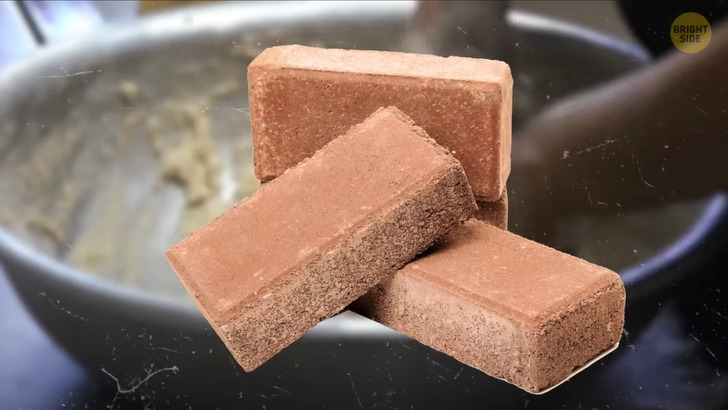
By now, you might have figured out that there were no fruits or vegetables in a sailor’s diet. This caused vitamin deficiency in many sailors. So those toothless pirates and sailors in the movies you see? Yep! It’s all because of poor nutrition. And the iron-hard crackers probably didn’t help either.
But when sailors ran out of food, not having a balanced diet was probably the least of their concerns. Back in the old times, a voyage could take way longer than expected due to weather conditions — there could be no winds to push the ship further. Or a powerful storm could shake the ship, and the waves and the water could destroy the food storage. So when such situations happened, sailors could easily run out of food.
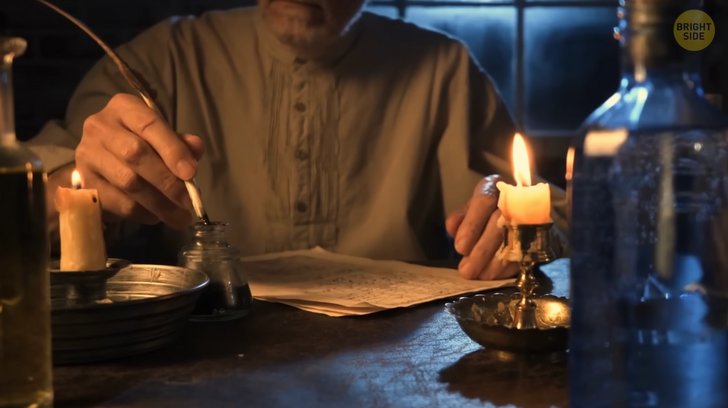
Well, they could throw the net into the ocean and catch some fish, right? But sailors didn’t eat fish even in the face of starvation. Many captains mentioned this in their logbooks, which were basically captains’ diaries. The problem was not that sailors couldn’t get fish. In fact, many different kinds of fish were caught in their nets. But they had to throw them all back into the sea.
During the exploration era, Antonio Pigafetta mentioned in his logbook that his ship’s crew caught an unbelievable amount of fish, but they didn’t eat any of them. Also, in the same journal, he mentioned that 40 of the sailors lost their lives. Naturally, sailors thought that only poisonous fish were dangerous. And because of that, they were inclined to eat only the fish they knew. But even a well-cooked tuna could be poisonous. And they had to learn it the hard way.
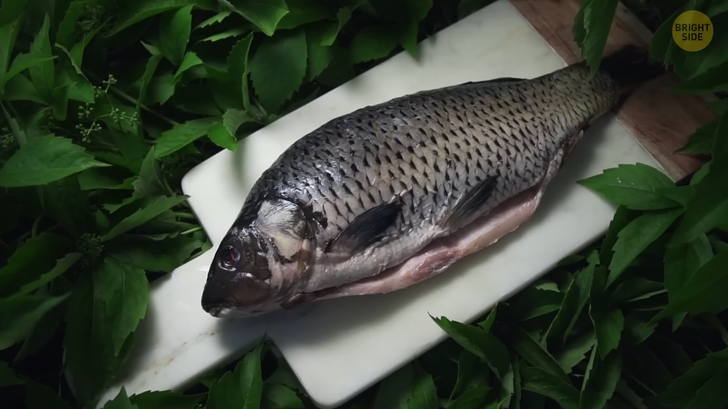
But it’s not like they didn’t have any methods to check fish. Spanish sailors, for example, put silver coins on them. If the silver changed color, they considered those fish to be poisonous, therefore, inedible. So they would toss them overboard. Other sailors would place the fish they caught on the deck and observe if flies or other insects came to feast on it. If they didn’t land on the fish, then this meant that it was poisonous. But if insects did come, they considered it safe to eat.
The problem of eating fish caught in the open sea dates back to as early as the 7th century BCE. Imperial healers in ancient China knew that eating fish was the reason why some sailors lost their lives, but they couldn’t prove that the fish were poisonous. And the mystery remained unsolved up until the 19th century. In 1886, a Cuban doctor finally figured out that some fish contained poison in their tissues and muscles — even though they were considered a safe-to-eat breed.
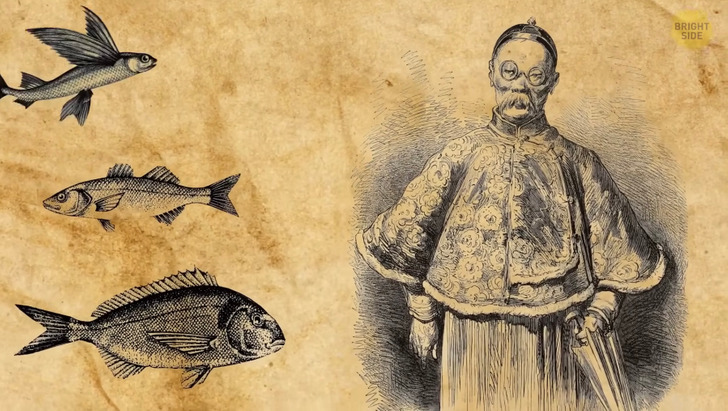
That kind of poison is actually something that is found in plankton. Some fish can eat this plankton without being affected. They store it inside their bodies. And as they grow, the rate of the poison increases with them. And this is something that doesn’t go away no matter how long one cooks the fish.
If you still think that life at sea back in the old days sounds exciting, this fifth problem will convince you otherwise. Let’s say you have managed to get along with your roommates, stay clean and healthy, and eat regularly. But there’s always the risk of getting caught by pirates. And they didn’t ask for things kindly.
So, if you didn’t want to end up as food for sharks, you would have to raise the white flag and simply join them. Not the career you were planning, right? Good luck scrubbing the deck for the rest of your life!
Comments
My question is, if this were true, how can we eat commercially harvested fish now? This could be partially true perhaps under certain conditions or signs, like a dead zone in the water?
Related Reads
17 Exes Who Are on a Warpath

20 Furry Accidents That Made People Run and Grab a Camera

16 Joyful Comics That Prove Children Can Turn Your Life Upside Down

11 Common Things We Don’t Realize Can Get Us Addicted

11 Safety Tips All Women Should Know Inside Out

How 10+ Actors Who Stole Our Hearts in the ’80s and ’90s Look Today

Helen Hunt, 60, Stuns During Her Latest Appearance, and Her Lips Become the Center of Attention

Miley Cyrus Causes a Stir by “Leaving Nothing to the Imagination” as She Wears an Extremely Revealing Dress

Keanu Reeves Finally Cuts His Long Hair, and His New Look Causes a Stir

A Homeless Woman Receives a Full Makeover and Impresses the Whole World

Tom Cruise Deemed Unrecognizable in New Pics With Prince William, as Some Say He Had “Too Much Surgery”

«I Thought She Couldn’t Lose Weight,» Keely Brosnan Looks Completely Transformed in New Pic
